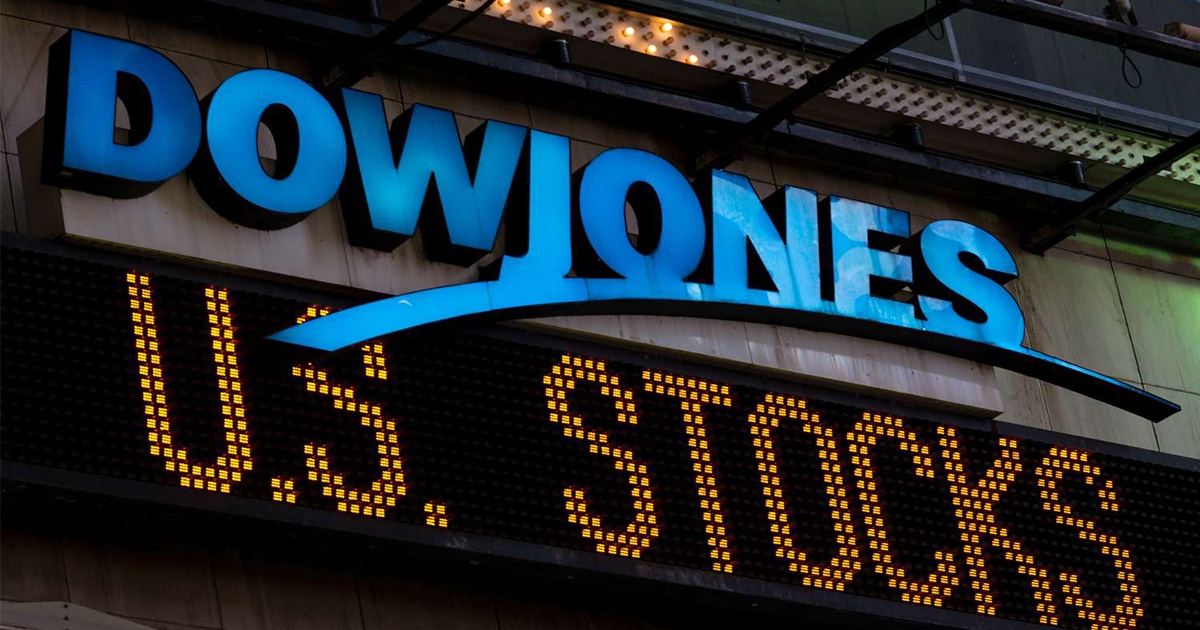Global financial markets are grappling with a slew of mixed economic signals this week, with data releases across major economies painting a complex picture of growth, inflation, and central bank policy directions.
United States: Mixed Inflation and Consumer Data Raise Uncertainty
In the United States, the latest economic data has provided a somewhat mixed outlook. The Consumer Price Index (CPI) for July showed inflation cooling slightly to 3.2% year-on-year, down from 3.4% in June. While this suggests that inflationary pressures may be easing, the core inflation rate (which excludes volatile food and energy prices) remains stubbornly high at 4.1%.
On the consumer side, retail sales surprised to the upside, growing by 0.7% month-on-month, reflecting resilient consumer spending despite the Federal Reserve’s aggressive interest rate hikes. This data has kept markets on edge, as it complicates the Fed's decision-making process ahead of its next meeting. While some analysts argue that the Fed could pause its rate hikes if inflation continues to moderate, others believe that strong consumer spending might push the Fed to maintain its hawkish stance to prevent a re-acceleration of inflation.
Eurozone: Slowing Growth Puts ECB in a Tight Spot
The Eurozone's economic outlook is increasingly clouded by signs of slowing growth. The region's GDP grew by just 0.1% in the second quarter of 2024, significantly lower than the previous quarter's 0.3% expansion. This deceleration has been most pronounced in Germany, the Eurozone's largest economy, where industrial production has contracted for two consecutive months.
Adding to the challenges, inflation remains above the European Central Bank's (ECB) target, with the latest data showing a 5.3% year-on-year increase in the Harmonized Index of Consumer Prices (HICP). The ECB is now facing a dilemma: raise rates further to combat inflation, which could exacerbate the economic slowdown, or pause to support growth, risking higher inflation in the long run.
Market participants are closely watching the ECB’s next moves, with some expecting a more cautious approach to rate hikes, while others believe that inflation concerns will take precedence, leading to further tightening.
United Kingdom: Inflationary Pressures Persist Amid Economic Stagnation
The United Kingdom's economy continues to be weighed down by persistent inflation and stagnant growth. The latest CPI data shows inflation at 6.8% year-on-year, well above the Bank of England’s (BoE) target of 2.0%. Despite aggressive rate hikes by the BoE, inflation remains sticky, largely driven by rising food and energy prices.
Economic growth, on the other hand, has been lackluster, with the UK economy showing no growth in the second quarter of 2024. This stagnation has raised concerns about the possibility of a recession, especially if inflationary pressures do not ease in the coming months.
The BoE faces a difficult balancing act, needing to combat inflation without pushing the economy into a deeper downturn. Markets are increasingly pricing in the possibility of a rate pause or even a cut by early 2025 if economic conditions deteriorate further.
Outlook
Looking ahead, the global economic landscape remains fraught with uncertainty. Central banks are navigating a complex environment where inflationary pressures coexist with slowing growth, and market participants are bracing for continued volatility. Key data points to watch in the coming weeks include the Federal Reserve’s minutes from its latest meeting, Eurozone PMI data, and China’s manufacturing output figures.




